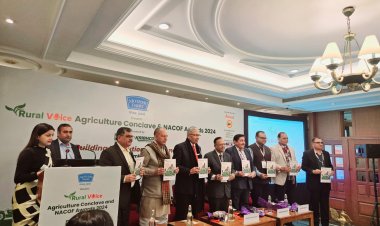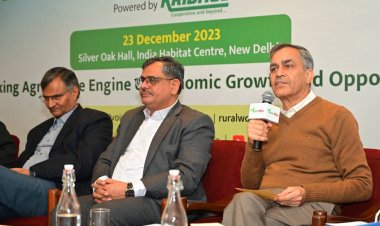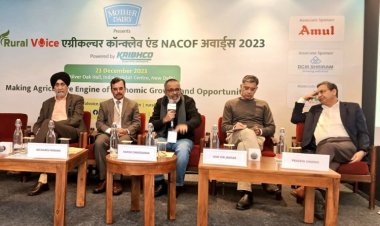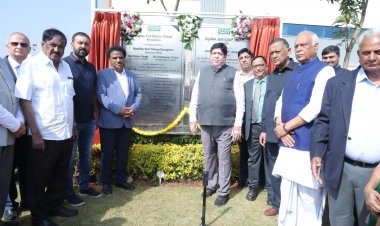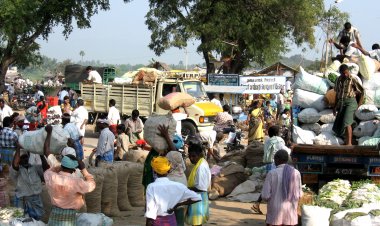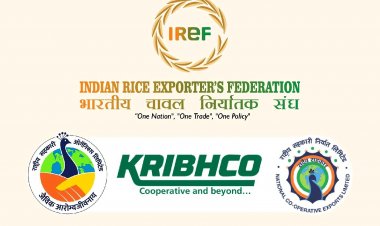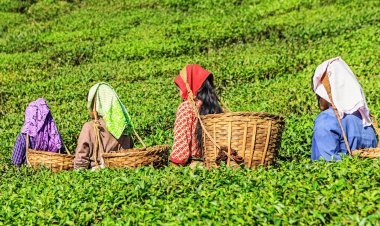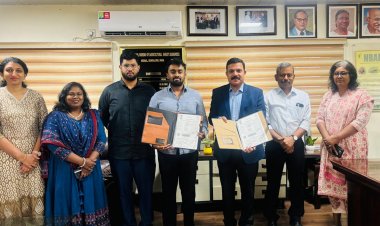Agenda for Rural India: Clean Water- A Key Aspiration
Water facilities play an important role in not just agriculture but human flourishing. And yet, rural areas continue to face difficulties in accessing water for drinking, domestic use and farming. It was sobering to see that a basic utility such as access to clean water was a key aspiration voiced by rural communities across the country. It was also one of the first challenges that came to their minds when prompted.
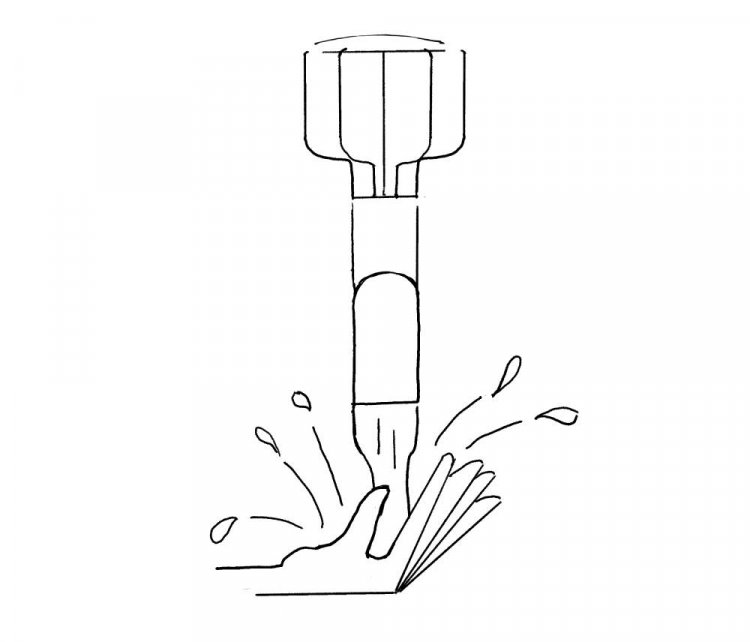
Water facilities play an important role in not just agriculture but human flourishing. And yet, rural areas continue to face difficulties in accessing water for drinking, domestic use and farming. It was sobering to see that a basic utility such as access to clean water was a key aspiration voiced by rural communities across the country. It was also one of the first challenges that came to their minds when prompted.
At our Jodhpur convening, two women in purdah broke their reserved silence to tell us about the long distances (close to 10 km) they walked everyday to collect water from the lake. They had travelled from the semi-arid Nagaur district of Rajasthan and did not have access to tubewells or taps. The lack of water for drinking and irrigation was echoed by participants hailing from districts across Rajasthan, including Barmer, Balotra, Falodi, Sikar, Jodhpur, Pali and Udaipur. Farmers from these areas also lamented the decline in groundwater levels and its contamination by the chemicals that were used in farming.
The primacy of water issues in one of the most arid regions of the country was, although distressing, not surprising. However, problems with accessing water were prevalent even in states receiving high rainfall such as Orissa and Meghalaya. In Meghalaya, participants from the three main hill regions, Garo, Khasi and Jaintia, faced water shortages in the dry winter season. They did not have easy access to drinking water and even running water from taps. The lack of water for irrigation made them dependent on rainfall for agriculture, and this meant they could grow only one or two crops a year. In Orissa, where we had participants from 21 districts out of 30, the lack of drinking water and irrigation facilities figured prominently, indicating the widespread nature of the issue.
Rural citizens also expressed concern for the degradation of their local water bodies. In Meghalaya, participants felt chemical fishing was causing rivers to become shallow and fish populations to decrease. As mentioned earlier, in Muzaffarnagar, the pollution of canals was raised. In Tamil Nadu, especially, our participants were highly aware of water related issues regarding the pollution of rivers, lakes and streams of the Western Ghats and invasive species such as Prosopis Juliflora, which were affecting the quality of water. Groundwater was also being contaminated by industries. They recommended the revamping and conservation of water bodies and the diversion of water from rivers and dams into agricultural fields.
(The author is an associate with Socratus.)



 Join the RuralVoice whatsapp group
Join the RuralVoice whatsapp group

















